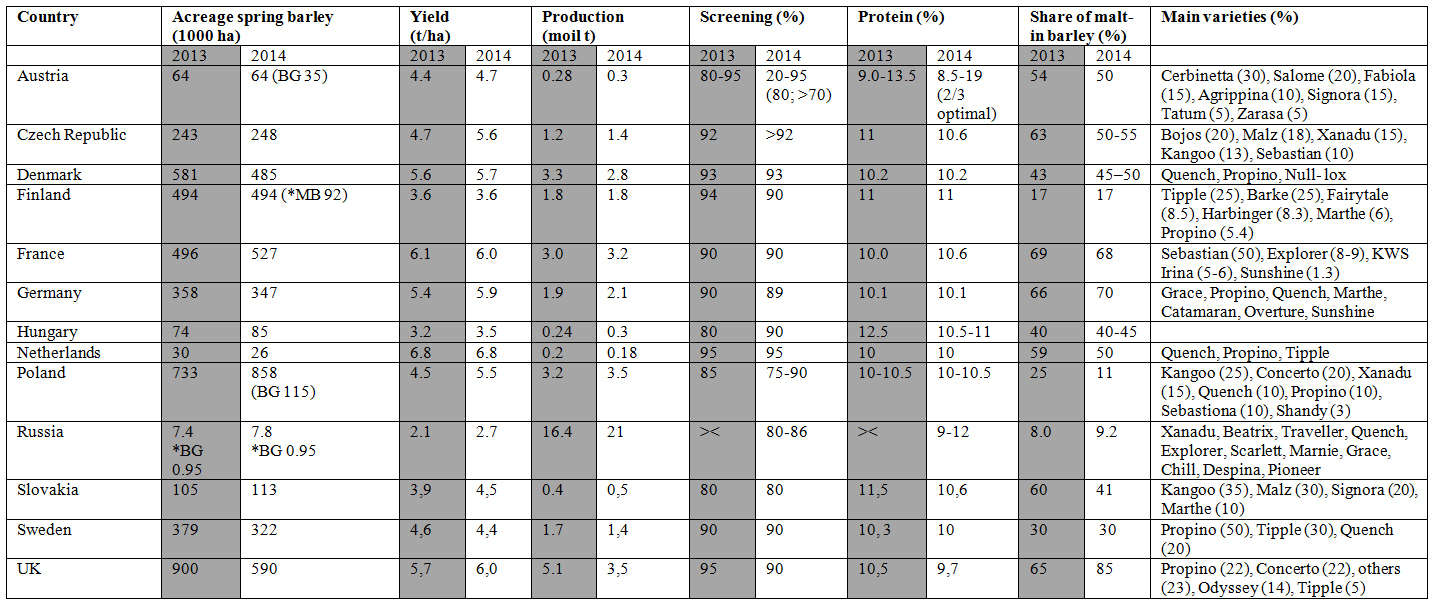Weissbeerger Ltd. was founded in 2009 by Omer Agiv and Ori Fingerer and works in collaboration with breweries, distributors and bars in Israel and Germany as well as with SAP HANA, Tel Aviv University (TAU) and The Technion.
With the beginning of a new year, Canadean forecasts the top trends which will influence consumer behaviour in 2015, and provides an insight into how manufacturers and marketers can target these evolving consumer needs to drive sales over the next year.
Analysis and efficient use | Due to rising energy prices, the brewing industry is increasingly interested in the continuous reduction of production costs. In order to save production costs, processes and system components are permanently evaluated and compared on the basis of specific energy figures. Efficiency can be improved by converting waste heat into useful heat. The question is what parameters and requirements have to be taken into account.
Economic stagnation, a rapidly ageing population and consumer money hoarded rather than spent are usually blamed for the declining demand in the Japanese alcoholic beverages sector. If that sounds like what could lie in store for Old Europe, shouldn’t Western brewers take a long hard look at Japan?
The Brewers of Europe’s Second Year Report on the European Beer Pledge shows Europe’s brewers are keeping to their promise to promote the responsible consumption of beer, increase consumer knowledge and strengthen responsible beer advertising.
The quality of spring barley in Europe this year is convincing, save for a few regional exceptions. Although in some major growing countries in Europe the acreage has been significantly reduced, there seems to be no shortage. Export inquiries get the market moving.
Around 350 people, among them 40 MEPs attended the launch of the European Parliament’s (EP) Beer Club, renewed for its 4th parliamentary term with a new President, German MEP Renate Sommer. On this occasion, The Brewers of Europe published the 2014 European Beer Statistics, which reveal a brewing sector that continues to show signs of recovery, but still faces constraints to growth and investment.
In the following article, a newly designed energy management concept is presented in which all primary and secondary thermal energy in a brewery flows into two stratum
With double-digit sales gains and an expanding consumer base, craft beers are popping up everywhere. Supermarkets, big-box chains and convenience stores are giving more shelf space and attention to the category. But how much more space can craft beer get? Behind the scenes there is already a tug-of-war between the Big Brewers defending their territory and the small brewers trying to shoulder in.
In 2013, the world beer production increased by 11 m hl to 1.973 bn hl. With an output of over 94 m hl Germany’s share is less than 5 percent, according to The Barth Report Hops 2013/2014.




